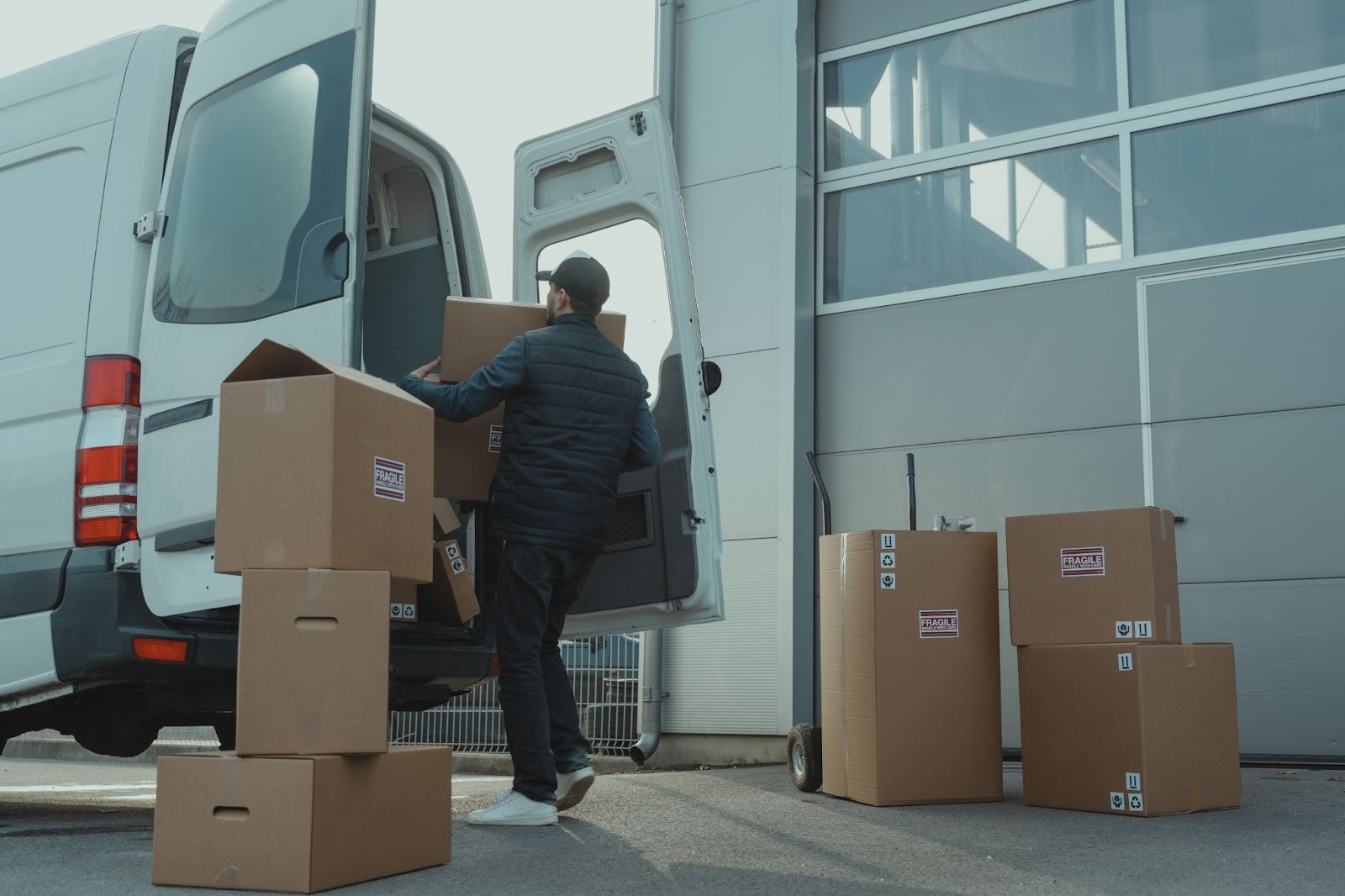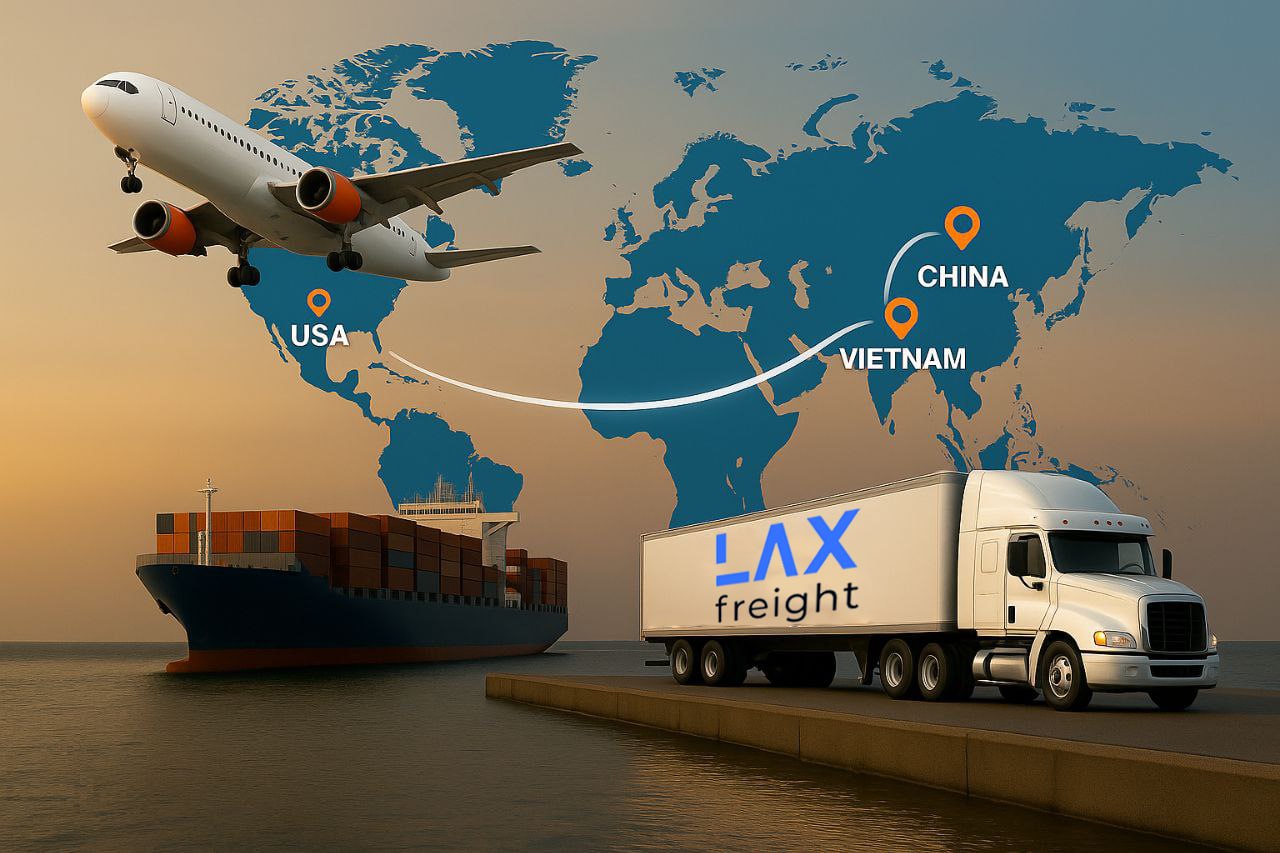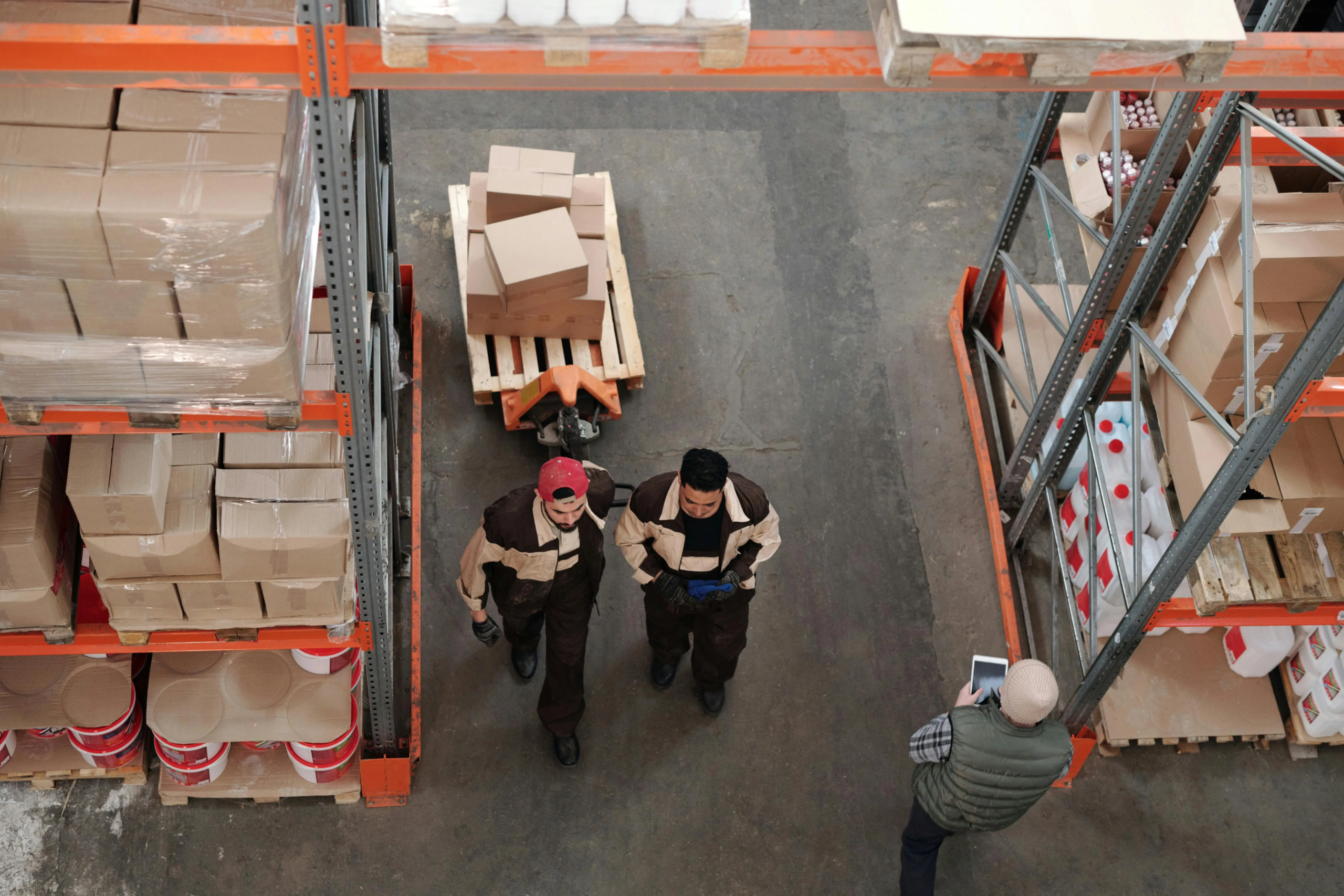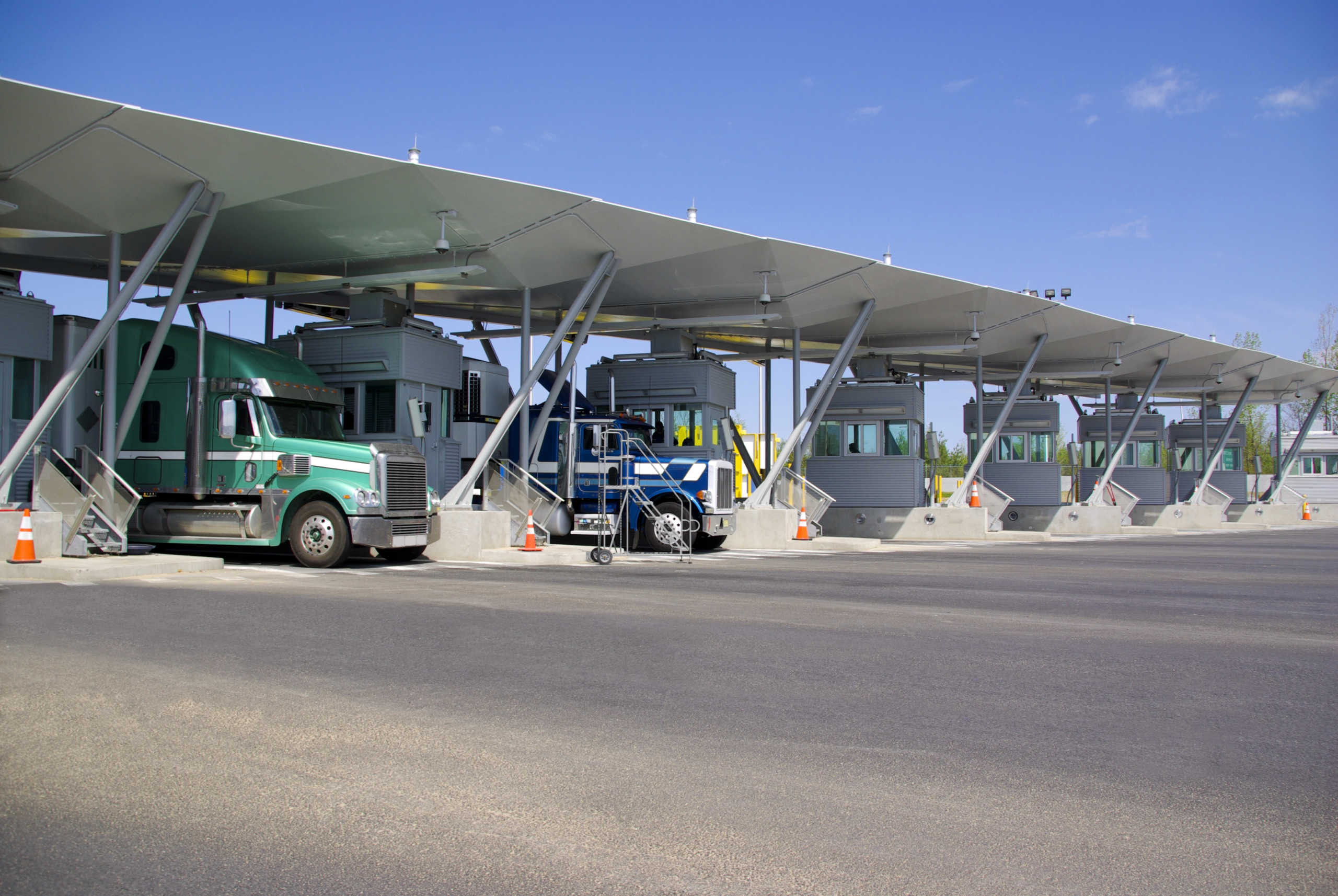Understanding shipping terminology is essential for businesses and individuals who operate in the logistics sector. One of the most frequently used terms is in transit or en route. It indicates the progress of the delivery process. Still, there may be misconceptions or confusion. Delays, tracking updates, and different shipping methods impact the process and delivery timeframes.
The article explains in transit meaning, its stages, and possible delays. We also review common misunderstandings to help you understand the potential delays of the delivery. Whether you’re a business owner managing shipments or a consumer awaiting your purchase, understanding the delivery status in meaning may provide more clarity.
What Does In Transit Mean?
In transit term means that a cargo is on the way from one facility to another. In the logistics sector, it indicates transportation to the final destination. The status is provided by the carrier, the postal service, or retailers to keep customers updated and provide expected delivery date.
In transit may involve different transport types, including trucks, planes, ships, or trains. The status confirms the transportation and the progress of the delivery.
How Long Does in Transit Take?
The duration of en route stage often varies depending on several factors. Usually, it takes from 1 to 7 days for domestic shipments, while international transportation can take up to several weeks. Tracking the cargo can provide the carrier and the customer with updates and the expected delivery timeframe.
- Transportation method. Different transport modes provide different delivery times. Specifically, overnight shipping options are faster than standard shipping.
- Distance. The route length affects transit time. Domestic shipments usually take less time than international.
- Carrier. Different transportation businesses provide various options, such as quicker and more reliable transit time.
- Customs procedures. International shipments involve border control procedures that can lead to delays if documentation of other issues is involved.
- Weather conditions. Severe weather can disrupt shipment, causing delays during transportation.
- Holidays and weekends. Transportation can be slower during public holidays.
Does in transit mean my package is moving?
When the carrier notes that a package is en route, it indicates the whole transportation process. This status can mean not only the constant movement of the package but also other stages.
- Transportation between facilities. The shipment is shipped from one asset to another, such as a distribution center and a local facility.
- Sorting and handling. The package may be prepared for the following transportation stage. This may involve scanning, resorting, and loading.
- Waiting for transport. Sometimes, the cargo is held at a facility while waiting for subsequent transportation.
- Customs processes. An international shipment includes customs inspection and clearance procedures. Even if the cargo isn’t moving during this time, it is considered in transit.
- Delays. Temporary delays may occur during shipping due to weather conditions, logistical issues, or high shipping volumes.
Is transit time the same as delivery time?
Sometimes transit and delivery times are mixed up as they’re related concepts. Still, they have a range of differences. Understanding their similarities and differences is essential for logistics sector representatives.
Transit time refers to the duration of the package’s transportation from one facility to another. It is calculated from the cargo’s arrival at the facility responsible for final delivery. Transit time includes all transportation stages (sorting, handling, and delays or stops during the route).
Delivery time means the total time from the moment an order was placed until the delivery is completed and the recipient receives the package. Thus, it includes order processing time, packaging, soring, handling, and transportation processes.
Delivery time may also involve transit time and any additional delays.
Difference between In Transit and Out for Delivery
The other term, transit time can be confused with out for delivery status. Understanding the difference between these statuses can help clarify the delivery time.
The out-for-delivery stage means the cargo has reached the final distribution facility and is going to the recipient. The status is updated on the delivery date, indicating the package’s arrival within a few hours.
| Feature | In transit | Out for delivery |
|---|---|---|
| Definition | Package moves through the shipping process | Package is on the final delivery stage |
| Location | Between the origin and final facility | At the final facility or en route to the recipient |
| Time frame | Varies on shipping method and distance | Same day |
| Tracking updates | May include several stops and status changes | Indicates quick delivery |
The Shipping Process Overview
The shipping process foresees several stages of the cargo delivery from the producer to the customer.
- Order placement. The delivery time starts with a customer’s order. This involves selecting items, providing shipping information, and completing the payment process.
- Order processing. After receiving an order, the producer must process it. It usually includes payment verification, inventory updates, and preparing the items for shipment.
- Transportation to a sorting facility. Once the goods are prepared and packed, they are transported to the carrier’s local sorting facility. Upon arrival, the cargo is sorted according to its further destination.
- In transit. The cargo moves to the final sorting facility. During this stage, the package status is updated to “en route” by the carrier.
- Custom procedures (for international shipment). The goods must clear customs during international shipment. This involves inspecting the package and the necessary documentation.
- Arrival at destination sorting facility. The cargo arrives at the final sorting facility, where it is sorted and prepared for final delivery.
- Out for delivery. The status means that the cargo is on the way to the recipient.
What to Expect When Your Package is “In Transit”
When cargo is marked “in transit,” it progresses toward the final destination. During this stage, you will obtain tracking updates from the carrier.
Such notifications may include departure scans when the cargo leaves the facility, arrival scans when the package arrives at the next facility, in-transit scans when the shipment is between facilities and custom scans for international shipments.
With these updates, the recipient can estimate the remaining time until delivery.
However, as we reviewed, en route status may not mean constant motion. The shipment can spend time at soring facilities for processing and preparation for the next delivery stage.
During in transit status, different shipping carriers may provide an estimated delivery date based on the selected transportation method and the average transit time.
Factors Affecting Transit Times
Transit time can vary depending on several factors. Understanding the possible risks may help you manage expectations and avoid potential risks. The key aspects that affect transit times include shipping method, distance, carrier capabilities, customs procedures, weather conditions, handling time, logistics issues, and delivery location and route.
| Factor | Transit time impact |
|---|---|
| Shipping method | Faster methods mean shorter transit time |
| Distance | Longer distance results in longer transit time |
| Carrier | Major carriers may offer faster transit period |
| Customs clearance | Can cause delays for international shipments |
| Weather conditions | Severe weather can disrupt route and extend transit time |
| Peak shipping periods | High shipping volume usually slows down the process |
| Handling and processing times | Efficient processing reduces transit time |
| Delivery location | Urban areas have faster transit times than remote ones |
| Logistical issues | Unforeseen issues can cause unexpected delays |
What to Do if Your Package is Delayed
It’s important to address the situation correctly when handling delivery delays. Knowing these steps may potentially expedite the process.
- Check tracking information. The first step in handling delays is top check all the tracking information provided by the carrier. Thus, you’ll be able to obtain up-to-date statuses on the packages.
- Verify the shipping address. A correct and complete shipping address is important to reduce risks of delay or misdelivery. In case of an error, a customer should contact the carrier or the sender.
- Contact the shipping carrier. In case of delay, you can contact the carrier for more information, including causes and expected delivery date. You should provide your tracking number and other relevant details.
- Contact the sender. If your order is from a retailer or other sender, contact them to inform them about the delay. They can have additional information or contact the carrier to resolve delays. In addition, some retailers may offer to send the item one more time or a refund if the delay is significant.
- Provide extra time. Delays can be unavoidable due to weather or high shipping volumes. In this case, it’s better to give the cargo extra time to arrive. Keep monitoring the package, as the status might change.
- File a claim. If the delays is significant or the cargo is lost, it’s needed to file a claim with the carrier. Usually, the tracking number, proof of value, and a description of the issue are required.
- Consider insurance. If the package is valuable or time-sensitive, shipping insurance may be significant. It can cover possible delays, damage, or loss.
Common Misconceptions About In Transit
In transit status may sometimes be misunderstood, leading to confusion and unrealistic expectations. Let’s review common misconceptions about this term.
In transit means constant movement of the goods.
This status means the cargo is on the way to the destination. Still, it does not always imply constant motion. The package may be at sorting facilities, waiting for the next delivery stage, or undergoing customs inspections. These periods are also included in the “in transit” phase.
In transit guarantees delivery on time.
While this status indicates the delivery progress, it doesn’t guarantee arrival on the estimated date. Such factors as weather conditions, logistics issues, light shipping volumes, or the holiday season may cause delays.
Tracking updates are always provided in real time.
Tracking information is updated at specific points of the shipping route. For example, the cargo is scanned at a sorting facility. The updates cannot be in real-time, with delays between the actual movement and the appearance of tracking information.
In transit means there are no issues.
A package marked en route can still encounter some issues. These may include customs delays, disruptions amid weather, or logistical challenges. While in transit indicates the package movement, it doesn’t rule out potential disruptions.
All carriers have the same timeframes of in transit.
Different carriers operate different capacities and networks. Thus, in transit timeframes can differ between carriers. Some shippers may provide faster and more reliable transit times.
Conclusion
Shipping process management can be challenging, but understanding the terms and stages can simplify this task. Understanding the in transit meaning and factors affecting it can set realistic expectations for when the goods arrive. Occasional delays can be non-avoidable due to various factors, but keeping informed may reduce the risk of delay.
Tracking your package and knowing about possible issues and how to address them can help to ensure a smoother transportation experience. In case of delays, you may check tracking information, verify the shipping address, or contact the sender or carrier.
If you seek reliable and efficient transportation solutions, partner with LAX Freight. We offer shipping services tailored to meet specific requirements and needs, ensuring effective and on-time delivery. Whether you need domestic or international shipment, LAX Freight can provide expertise to streamline the logistics processes. Visit LAX Freight to learn more and facilitate your shipping process from today!
People Also Ask – “In Transit” Shipping Status 2025
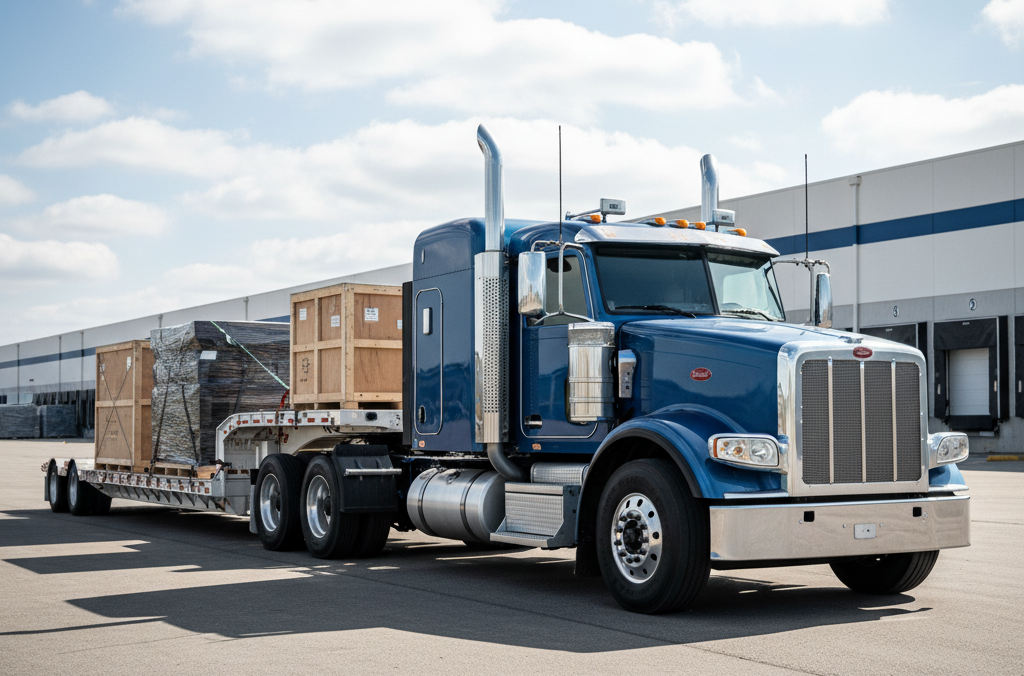
1. What Does “In Transit” Mean in Shipping?
“In transit” means your package has left the origin facility and is actively moving through the carrier’s network toward its destination, including sorting centers, transfers, and transport modes like trucks, planes, or ships.
2. Is “In Transit” the Same as “Out for Delivery”?
No – “in transit” covers the main journey through sorting facilities and long-haul transport, while “out for delivery” means it’s on the final local vehicle heading to your address.
3. How Long Does “In Transit” Status Last?
Transit time varies from 1 day (local) to 2-4 weeks (international), depending on distance, shipping method, customs, weather, and carrier hub transfers.
4. Why Does My Package Stay “In Transit” for Days?
Packages remain “in transit” during sorting at hubs, waiting for next flights/trucks, customs clearance, or transfers between – carriersit’s not always constant motion.
5. What Happens During the “In Transit” Phase?
Shipments move through regional sorting centers, get transferred between vehicles/carriers, undergo customs inspections (international), and wait at hubs for optimal routing.
6. Does “In Transit” Mean My Package Is Moving Right Now?
Not necessarily – “in transit” includes time at sorting facilities, customs holds, or hub transfers, not just active vehicle travel.
7. What Is the Difference Between “Shipped” and “In Transit”?
“Shipped” means handed to the carrier; “in transit” confirms it’s left the origin facility and entered the transportation network with a departure scan.
8. Can Packages Get Lost While “In Transit”?
Yes – transit risks include misrouting at hubs, carrier handoff errors, theft, or damage; real-time tracking and insurance mitigate these risks.
9. What Causes Delays During “In Transit” Status?
Common delays include weather disruptions, customs holds, high-volume periods (holidays), carrier equipment failure, road closures, or address errors.
10. How Can I Track My “In Transit” Package?
Use the carrier’s tracking number on their website/app for real-time updates showing current location, next expected scan, and estimated delivery window.
11. Does “In Transit” Mean Customs Clearance Is Complete?
No – for international shipments, “in transit” often includes customs processing; look for “cleared customs” status to confirm border clearance.
12. What Does “In Transit, Arriving Late” Mean?
This status indicates the package missed its scheduled connection or transport and will arrive later than promised, often due to weather, volume, or carrier issues.
13. Are International Shipments “In Transit” Longer?
Yes – international transit includes air/sea transport, multiple customs inspections, and port processing, typically taking 7-30+ days vs. 1-5 days domestic.
14. Can I Change Delivery Address While “In Transit”?
Most carriers allow address changes via tracking portal until “out for delivery,” but international/customs shipments may have restrictions.
15. What Does “In Transit to Next Facility” Mean?
Your package is en route to the next sorting hub or transfer point in the carrier’s network, a normal step in multi-hub long-distance shipping.
16. Is “In Transit” Status Updated Frequently?
Updates occur at major scan points (hubs, transfers, customs), typically 1-4 times daily; minimal movement packages may show no updates for 24-48 hours.
17. What Happens If “In Transit” Status Doesn’t Update?
No updates for 5+ days may indicate a scanning delay, misroute, or hold; contact carrier support with tracking number for investigation.
18. Does “In Transit” Mean My Order Ships Same Day?
No – “in transit” status appears after warehouse pickup and origin facility departure, typically 12-48 hours after order placement.
19. Can Packages Be Returned While “In Transit”?
Yes – carriers can intercept and return packages during transit if requested before final delivery, though fees and delays apply.
20. Why Do Carriers Use “In Transit” So Broadly?
“In transit” is a catch-all status covering the entire transportation phase across multiple facilities and modes, simplifying tracking for customers.
